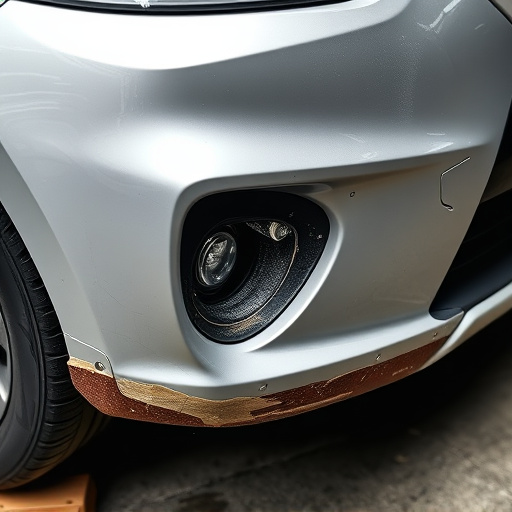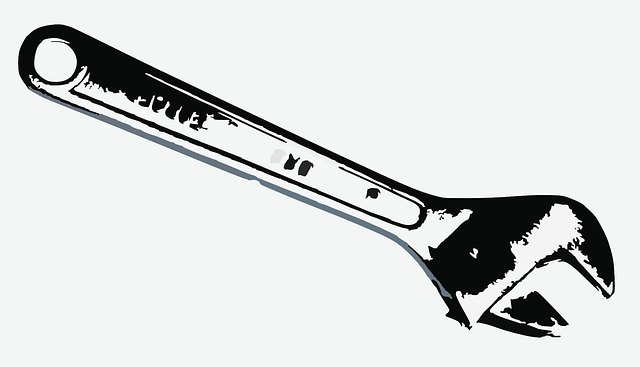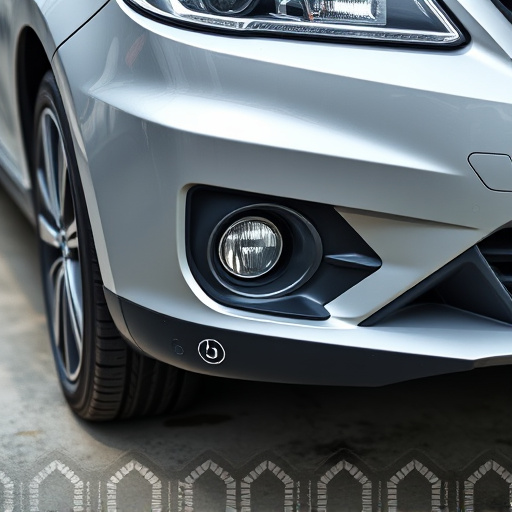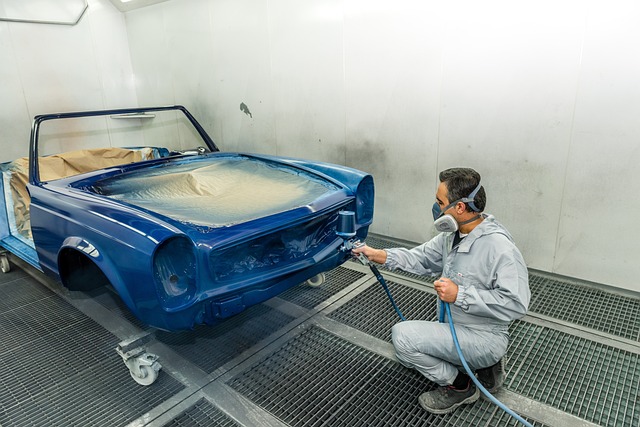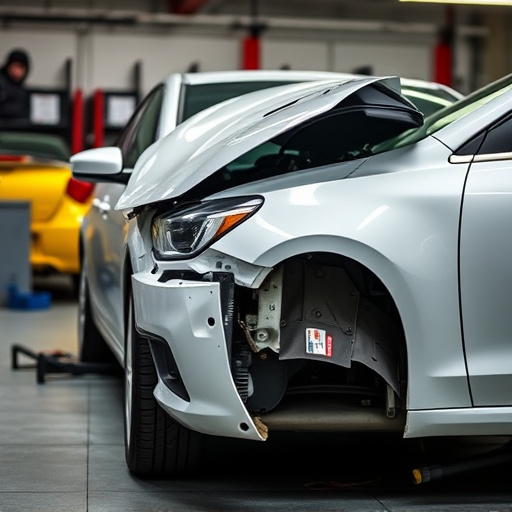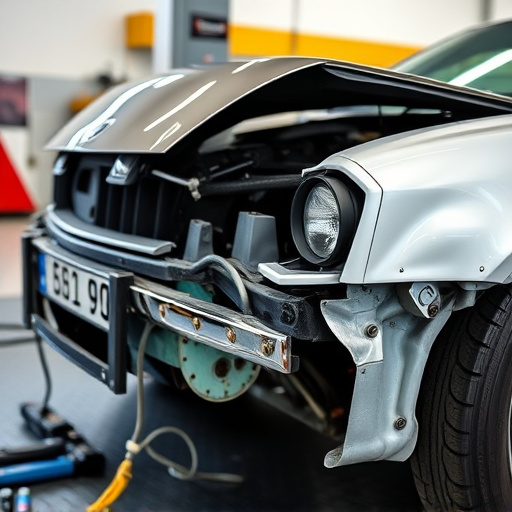Ice damage collision repair begins with a thorough assessment by skilled technicians who inspect for dents, paint cracks, and frost/ice crystal patterns, evaluating structural integrity. Safety is paramount, including assessing damage severity, identifying hazards, wearing PPE, stabilizing the vehicle, and ventilating the workspace. After safety checks, meticulous body restoration follows, disassembling and repairing or replacing damaged panels, then fine details like paint correction to restore pre-collision condition.
Ice damage can cause significant vehicle impairments, requiring meticulous care during collision repair services. Here are key steps for a comprehensive restoration process. First, assess the extent of ice-induced damage to ensure safety and accuracy in repairs. Next, prioritize safety measures to protect both technicians and vehicles. Lastly, restore vehicles to their pre-collision condition using specialized techniques and materials, ensuring a seamless return to roadworthiness.
- Assessing Ice-Induced Vehicle Damage
- Safety Measures Before Repair Process
- Restoring Vehicles to Pre-Collision Condition
Assessing Ice-Induced Vehicle Damage
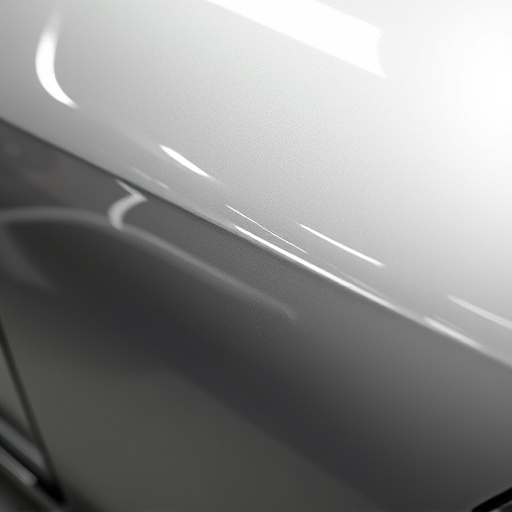
When a vehicle experiences ice damage, the first step in collision repair is a thorough assessment. Skilled technicians will inspect the car thoroughly to identify various types of ice-induced damage, ranging from dents and dings to more severe structural issues. They’ll carefully examine the exterior, checking for any cracks in the vehicle’s paint, which can be indicative of pressure buildup during freezing temperatures. Ice can also cause unique patterns of damage, such as frost or ice crystals, that require specific attention during the repair process.
Additionally, automotive body shops will assess the overall structural integrity of the vehicle. This includes looking for warped panels, damaged frames, and any misalignments that could have resulted from the extreme cold. Proper tools and techniques are employed to measure and analyze these damages, ensuring an accurate diagnosis before proceeding with repairs, be it vehicle paint repair, car dent repair, or more comprehensive structural fixes.
Safety Measures Before Repair Process
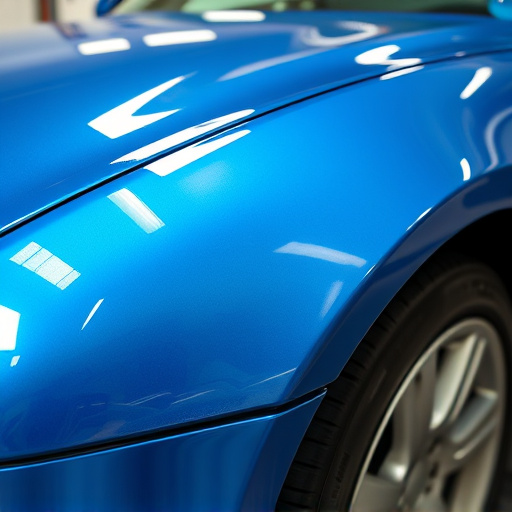
Before any ice damage collision repair begins, ensuring safety is paramount. The first step is to assess the severity of the damage and determine if the vehicle is safe to work on. This includes checking for structural integrity and identifying any potential hazards like leaking fluids or damaged tires. All necessary personal protective equipment (PPE) should be worn, including gloves, eye protection, and in some cases, respirators. The workspace itself must be well-ventilated and clear of obstructions to prevent accidents during the repair process.
Additionally, it’s crucial to stabilise the vehicle properly. Jack stands or wheel chocks are used to secure the car, ensuring it doesn’t move unexpectedly. In the event of extensive damage, especially involving crumpled metal or broken glass, professional assistance from a qualified vehicle body shop is recommended. They have the tools and expertise to handle complex repairs, guaranteeing both safety and quality during ice damage collision repair services.
Restoring Vehicles to Pre-Collision Condition

After the initial assessment and safety checks are conducted, the next crucial step in ice damage collision repair services is restoring vehicles to their pre-collision condition. This involves several meticulous processes that require skilled technicians and state-of-the-art equipment. The first phase focuses on car body restoration, where damaged panels are carefully disassembled, inspected, and repaired or replaced if necessary.
Automotive body shops employ specialized tools to mold and shape the metal back to its original specifications, ensuring a seamless fit. This meticulous work is essential to maintain the vehicle’s structural integrity and aesthetic appeal. Once the car body restoration is complete, the shop moves on to fine details like paint correction and finishing touches, aiming to deliver a vehicle that not only drives but also looks as good as new.
Ice damage collision repair is a precise and crucial process that requires careful navigation through assessment, safety protocols, and meticulous restoration. By understanding and implementing these key steps—from assessing ice-induced vehicle damage to restoring vehicles to their pre-collision condition—automotive professionals can ensure effective and safe repairs, leaving vehicles in better condition than before the icy encounter.
